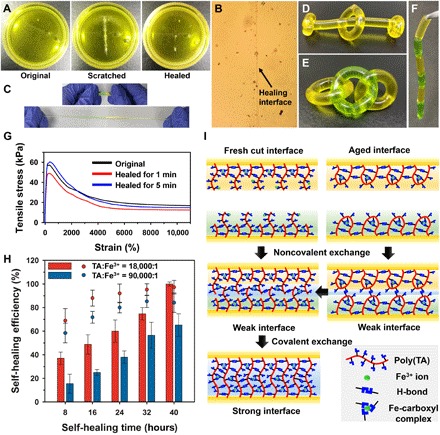Fig. 3. Self-healing properties of the poly(TA-DIB-Fe) copolymer.

(A) Photographs depict that a scratch on the copolymer membrane can be autonomously cured after 6 hours at room temperature. (B) Optical microscopy image of a healed sample. (C) Photographs of a healed film before and after stretching. (D to F) The rod-shaped copolymer can be used to construct objects of different shapes. (G) Stress-strain curves of the healed samples [TA-to-iron(III) molar ratio of 18,000:1] with freshly cut interfaces. (H) Dependency of self-healing efficiency of the aged copolymers on time [TA-to-iron(III) molar ratios of 18,000:1 and 90,000:1]. Both the healing efficiencies are presented by the maximal strain (column) and the maximal tensile stress (dot) of the healed samples. (I) Proposed self-healing mechanism of the freshly cut and aged interfaces. Error bars show SD with n = 3 repeats.
